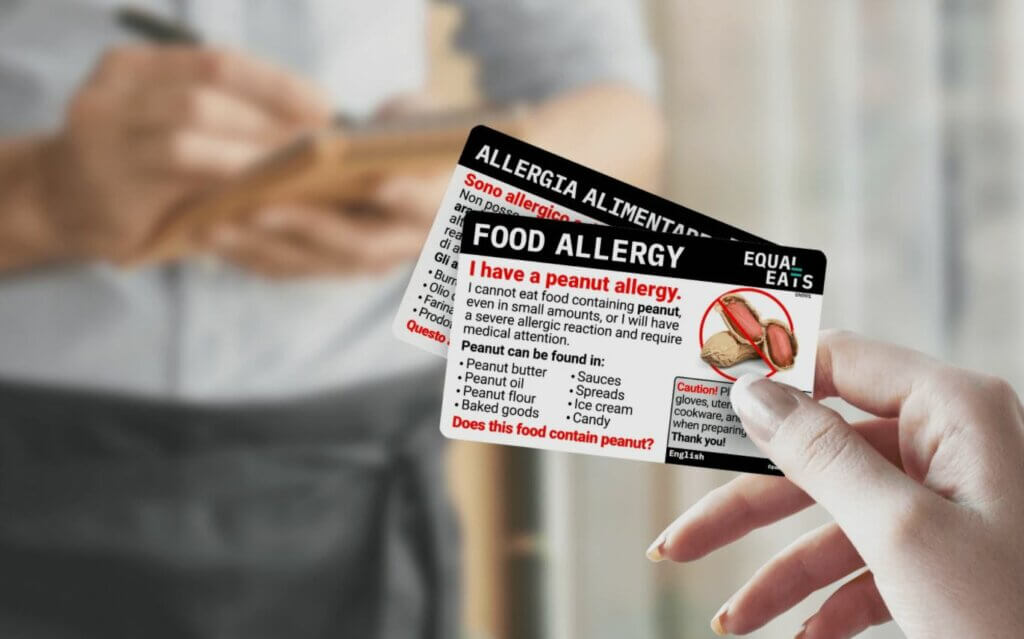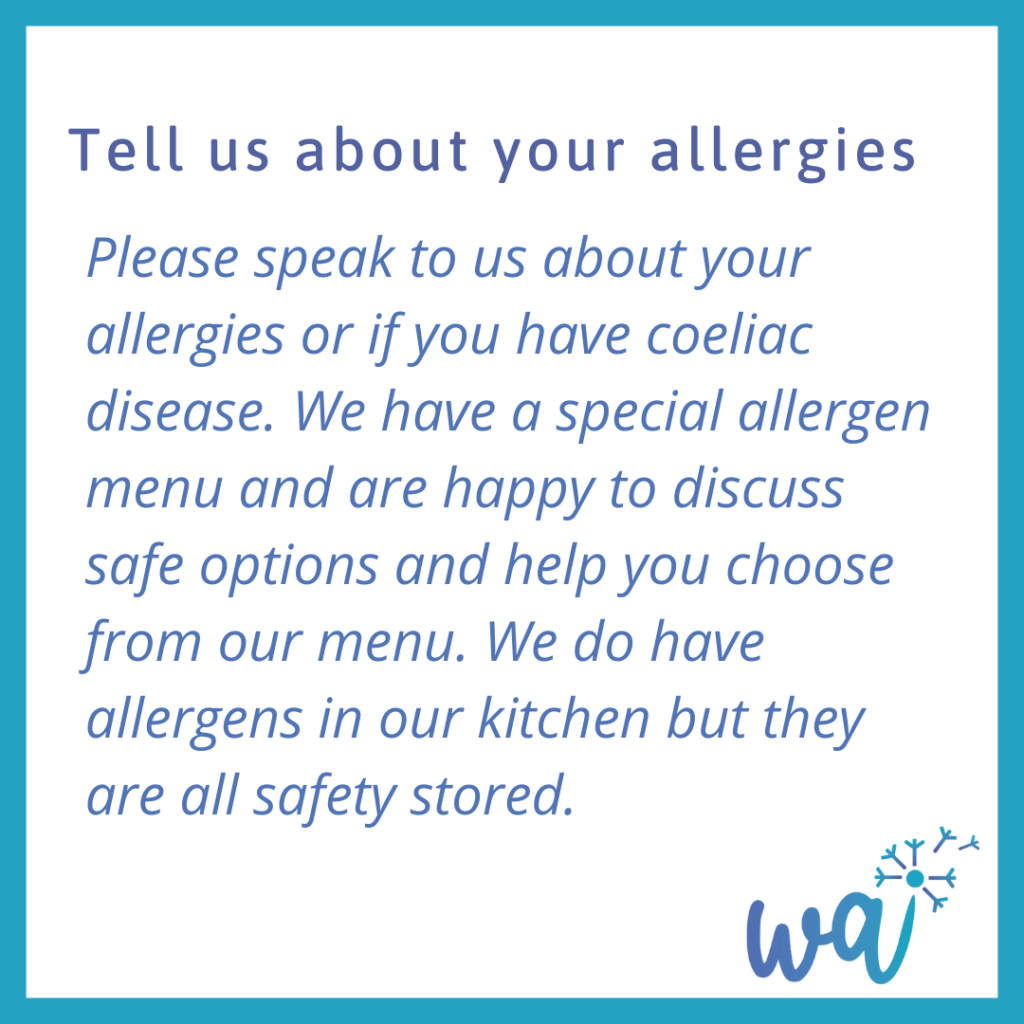Below are 15 tips for managing the symptoms of an RA flare-up at home. These suggestions are meant to be used in addition to the treatment plan recommended by your physician.
Reducing RA joint pain and swelling
The most notable sign of an RA flare is increased inflammation in the joints, which causes pain and swelling. Your joints may feel especially stiff and achy in the morning, when you’re getting out of bed. To reduce joint symptoms:
1. Review your medication routine
RA medications can lose some of their effectiveness if they are not taken on schedule. If you have a history of forgetting to take your medication on time, create reminders, such as a repeating alarm on your phone.
See 5 Types of Medication That Treat Rheumatoid Arthritis (RA)
2. Wear a splint
A splint can support a painful joint and minimize movements that put stress on it. For example, a wrist splint will allow you to use your hands but prevent wrist movements that may cause joint strain and lead to long-term damage.
3. Avoid inflammatory foods
Certain foods, such as sugary sodas and foods fried in oil, may increase inflammation and make joint symptoms worse. Trade them in for fruits, vegetables, and other plant-based, high-fiber foods.
See An Anti-Inflammatory Diet for Arthritis
4. Take over-the-counter medication
Most people with RA can safely take an over-the-counter medication, such as acetaminophen or ibuprofen, to control a temporary flare in joint pain. If you are unsure about how these drugs will mix with your other medications, or if you need to take them daily for more than a couple of weeks, talk to your physician or pharmacist.
See Pain Medications for Arthritis Pain Relief
5. Try heat therapy
Ease joint stiffness with heat therapy, which will help warm up and lubricate joints. You can use wet heat, like a hot shower, or dry heat, like a heating pad or heat patch. Avoid temperatures that can burn or irritate the skin and limit the application time to 15 to 20 minutes a few times a day.
See 9 Easy Ways to Apply Heat to an Arthritic Joint
6. Try cold therapy
Decrease joint inflammation with cold therapy, which can ease inflammatory pain and slow down the production of joint fluid that exacerbates joint swelling. Cold therapy may be especially helpful after activity. Always put a cloth between your skin and an ice- or cold-pack, and limit the application time to 15 to 20 minutes a few times a day.
See 3 Types of Cold Packs for Arthritis
Some people prefer using just heat therapy or cold therapy, while others alternate between the two throughout the day. Try both to decide which approach works best for you.
See Applying Heat vs. Cold to an Arthritic Joint
Alleviating fatigue
Many people who have rheumatoid arthritis report fatigue as a symptom. You may feel fatigued even if you spend a lot of time in bed. To minimize the effects of RA fatigue during a flare:
7. Make changes to your bedtime routine
To improve sleep quality, establish a good sleep routine. This routine may include going to bed at the same time every night, avoiding screen time before bed, eliminating sources of disruptive noise, and sleeping on comfortable, supportive bedding.
8. Consider getting tested for sleep apnea
In addition to making changes to your sleep routine, you may also want to talk to your doctor about getting tested for sleep apnea, a sleeping disorder that can affect your breathing. Sleep apnea can leave you feeling exhausted even after a full night’s sleep. People with RA are more likely to have sleep apnea.1,2 This difference seems to exist even when a flare is over and inflammation levels are low.3
9. Use your energy more efficiently
During an RA flare, don’t waste energy on activities that aren’t necessary or helping you get well. For example, sit down while brushing your teeth or doing your hair. If your finger joints hurt, wear clothing that’s easy to get on and off. Ask family members and friends for help with specific chores and errands.
See Coping with RA Fatigue by Prioritizing and Simplifying Tasks
10. Skip meal preparation
Making meals takes time and energy. Prepare or buy a few meals to keep in the freezer in case of a flare. Alternatively, consider ordering out or subscribing to a healthy meal service. (Just make sure to stay away from inflammatory foods.)
11. Exercise regularly
While it may sound counter-intuitive, research shows that people who have RA report lower levels of fatigue when they get regular exercise.4-6 Experts typically recommend engaging in low-impact exercise, such as walking, tai chi, swimming, or water therapy.
See Ways to Get Exercise When You Have Arthritis
RA fatigue can persist even after a flare is over, so consider using these tips year-round.
Easing stress or anxiety
People who have rheumatoid arthritis tend to have higher levels of stress and anxiety. These feelings can trigger the release of stress hormones that increase inflammation. They can also cause muscle tension, which may worsen joint pain. To ease stress and anxiety:
12. Use tried-and-true relaxation techniques
Meditation, deep breathing exercises, and other relaxation techniques can reduce the release of stress hormones that make both anxiety and RA inflammation worse.
13. Say no more often
It’s okay to say no to social invitations, requests for volunteering, and extra assignments at work. By saying no today, you are conserving your energy and helping ensure that you’ll be healthier in the long run.
14. Unplug and focus on what you can do
Rather than get frustrated thinking about your RA and the things that you cannot do, enjoy the things that you can do, such as watching a movie, reading a book, calling a loved one on the phone, or—if you’re able—taking a walk outdoors.
15. Resist negative thoughts
When you feel an RA flare coming on, try to resist negative thoughts about the flare itself or what others think about it. Remind yourself that rheumatoid arthritis has its ups and downs and flare-ups sometimes happen.
See Coping with RA Fatigue Using Therapy and Emotional Support
Through trial and error, you can identify the self-care tips that work best for you. If the symptoms of your RA flare-up are unusual or severe—or they’re not responding to your self-care treatments—make an appointment to see your rheumatologist. Your overall treatment plan may need adjusting.





















